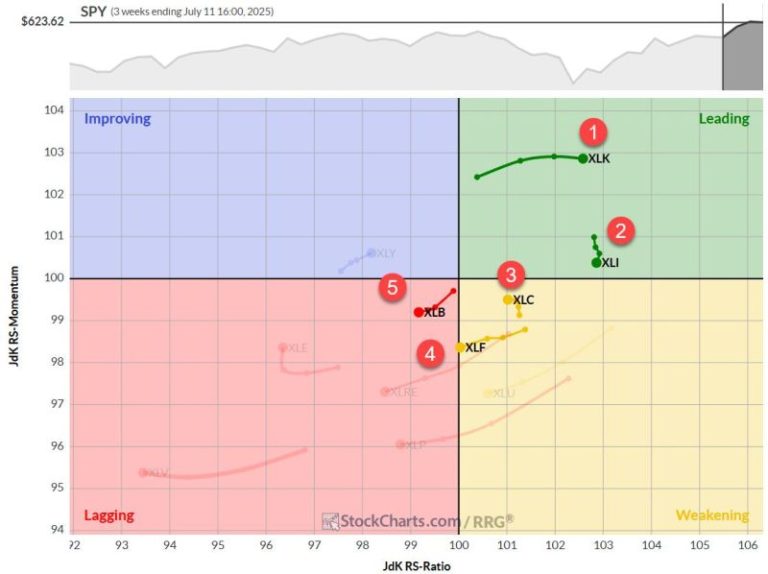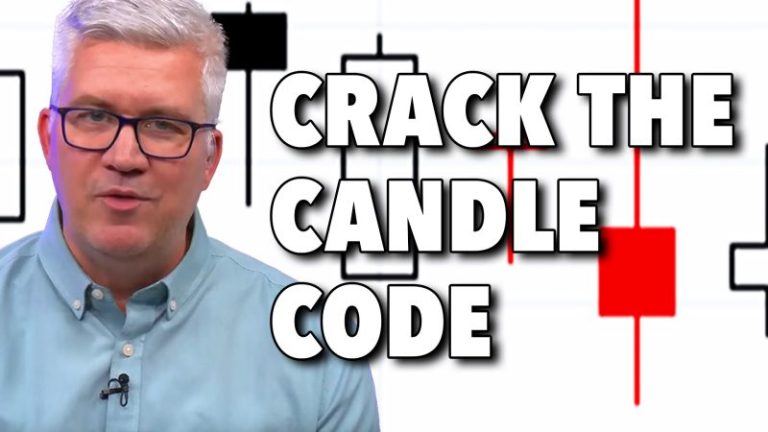The resource investing community descended on Boca Raton, Florida, during the first full week of July for another edition of the Rule Symposium, hosted by veteran investor and speculator Rick Rule.
The five day event featured an illustrious array of speakers, panelists and companies sharing a wealth of investor knowledge. As in years past, gold remained a top focus, with many presenters stressing the value it offers investors.
Opening the conference, Rule provided a sobering overview of the current economic trajectory. He urged investors to set aside political narratives and instead focus on the raw arithmetic of America’s financial condition.
“It’s not about politics, it’s about math,” said Rule.
He pointed to three figures that define the US financial landscape: US$141 trillion in aggregate private net worth, a US$27.71 trillion GDP and a personal savings rate of just 4 percent. That’s set against mounting obligations — US$36.6 trillion in federal debt held by bondholders and over US$100 trillion in unfunded federal entitlements.
Rule cautioned that the imbalance between assets and liabilities points to a looming reckoning, potentially echoing the inflationary erosion of the 1970s, when the US dollar lost 75 percent of its purchasing power.
“There’s no way out of this without reducing the value of the dollar,” he told the audience. “(The) increase in gold (prices) will mirror the decrease in purchasing power of the US dollar.’
To hedge against this risk, Rule encouraged attendees to adopt a more self-reliant approach.
He advised listeners to question government guarantees, focus on building personal financial resilience and consider investing in inflation-sensitive assets such as gold and silver. “The math doesn’t lie — it’s time to prepare, not just react,” said Rule. ”I need you not to panic when the time is right, but rather to pounce.”
Watch a recap of key Rule Symposium takeaways.
Tailwinds turning to headwinds
In addition to strategically allocating to gold, geopolitical uncertainty was as a key theme at the Rule Symposium.
During his presentation “Back to the Old Drawing Board: First Principles and the Lost Art of Investing Through Crisis,” author and publisher Grant Williams made the case that longstanding tailwinds — globalization, demographic expansion and low interest rates — have reversed, giving way to persistent uncertainty.
Williams provides an overview of shifting market dynamics.
He traced the last four decades of wealth creation to a rare alignment of forces that pushed asset prices, particularly US equities, sharply higher. However, since 2020, a new macro regime has emerged, defined by tighter monetary policy, rising geopolitical risk and fading confidence in the US dollar.
Like many speakers at the Rule Symposium, Williams also underscored the massive gold purchases central banks are making. During Q1 of this year, central banks added 244 metric tons of gold to their official reserves, a 24 percent increase above the five year quarterly average, according to World Gold Council data.
For Williams, this shift signals growing concern within the financial system — a trend investors shouldn’t overlook.
“When central banks are exchanging their reserves for gold in record amounts, if they feel the sudden urgent need to own more gold, you better believe that we should feel that too,” he noted.
The expert went on to illustrate how major economic and societal cycles are converging, suggesting more volatility ahead. A live poll of the audience taken during his session revealed growing unease among attendees, with many already adjusting their portfolios and long-term goals. In response, Williams called for a return to key principles: scarcity, durability, resilience, trust, patience and a clear-eyed acceptance of uncertainty.
These, he said, should now anchor any sound investment approach. He urged Rule Symposium attendees to shift their mindset from chasing returns to preserving capital by reducing overexposure to US equities, diversifying by geography and asset class and focusing on businesses with real staying power.
The investment playbook of the past no longer fits the world we’re entering, he stressed.
Navigating what Williams calls an “age of headwinds” will require humility, discipline and a willingness to rethink what truly creates and protects wealth.
Hard assets set to shine
Economist, author and former Wall Street executive Dr. Nomi Prins laid out a case for what she calls the “real asset uprising,” a global shift in value and power driven by hard assets like gold, silver, copper, uranium and rare earths.
Drawing on her experience in high-level banking and her current work in the mining sector, Prins argued that rising geopolitical friction, shifting trade dynamics and financial system strain are fueling a renewed focus on tangible resources. She pointed to surging institutional interest in commodities, noting that Wall Street deal flow tied to real assets is up 24 percent year-on-year, while hiring in commodity finance roles has increased by 15 percent.
Gold, once dismissed on trading desks, is now seen as a strategic monetary tool.
According to Prins, the yellow metal will not replace the US dollar as the reserve currency, but it will play a central role in bilateral trade and power negotiations. Gold’s jurisdiction — where it is stored and mined — is now more important than ever, she explained, as nations seek to shield assets from sanctions and instability.
Silver, copper, uranium and rare earths are all finding support through similar structural tailwinds, Prins pointed out.
Silver demand is rising due to its industrial applications, and limited aboveground supply is driving long-term contracts.
For its part, copper has become so strategically important that the US is conducting a Section 232 national security investigation into its supply chain, a move historically reserved for defense resources. Major buyers like China and India are stockpiling copper in anticipation of supply constraints.
Uranium is also surging back into focus, driven by bipartisan support for nuclear energy. Legislation and executive orders are fast tracking uranium permitting and enrichment, with utility demand expected to outstrip supply.
Rare earths = real assets
Prins highlighted rare earths as a critical new front in the ongoing global shift in value and power.
‘Rare earths are intrinsic to the nation,’ she said, pointing to their essential role in defense, electronics and energy technologies. With 85 percent of processing controlled by China, the US has launched Section 232 investigations to assess domestic vulnerabilities — reports on copper and rare earths are expected this fall.
Prins described her decision to join the board of a rare earths company as a natural extension of her belief in physical assets: “It’s not just about the asset — it’s about controlling the asset, the processing and the movement.”
That theme underpins the investment case: security of supply, efficient processing and strategic jurisdiction are key to value creation. She also noted a dramatic capital rotation, saying that US$330 billion has exited bonds over the past year, while US$230 billion has flowed into commodities.
“Wall Street is following the real asset story,” Prins emphasized.
Rule sits down with Porter Stansberry to discuss his investment strategy.
Prins then said real upside now lies not just in owning resources, but in having processing capability.
New technologies, like advanced rare earths separation methods, are increasing economic viability and attracting private capital. “Where private money and public power combine, that’s where the investment opportunity is,” she said.
With key policy announcements and trade shifts looming in the fall, she warned investors this is a “very critical time” in the real asset uprising. For Prins, the message is clear: investors, policymakers and mining leaders must position accordingly, because, in today’s world, “whoever controls the ground controls the game.’
Securities Disclosure: I, Georgia Williams, hold no direct investment interest in any company mentioned in this article.
This post appeared first on investingnews.com










